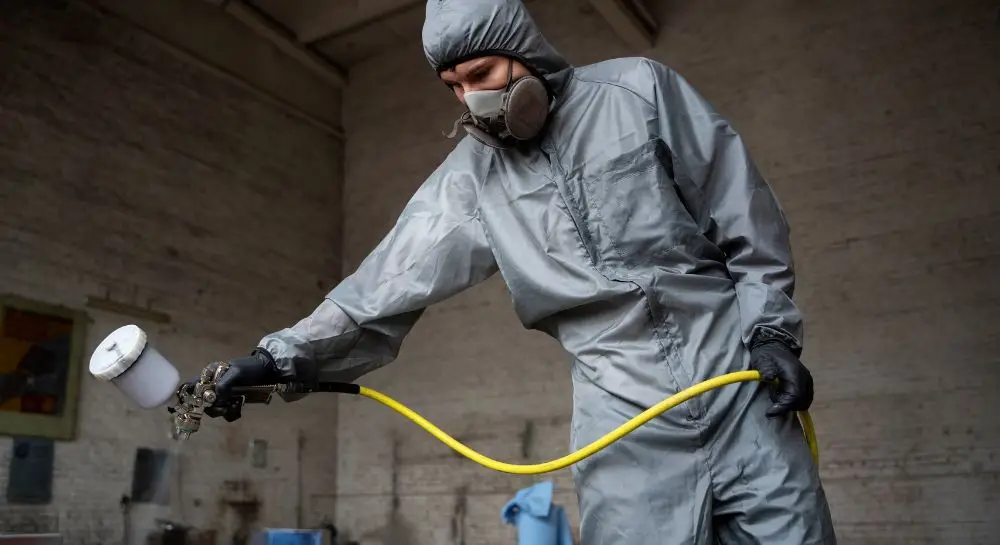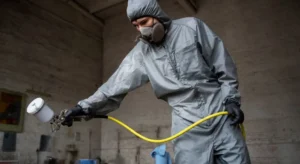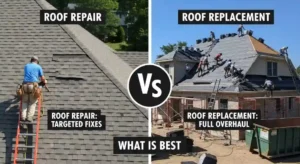Can you go into a room and immediately detect an unpleasant musty, moldy, earthy, moist smell without really seeing any issues? Instead of the normal old house air, that lingering smell might be the first indication of a hidden mold infestation. For any homeowner, mold is a major issue. While many times a small patch can be removed with only a simple DIY mold removal kit, more significant problems sometimes need professional help.
Poorly addressed fungal growth results in some serious health hazards and definitely destroys the structural elements of your house. Now is the time to recognize when it’s actually time to stop scrubbing with bleach and call in the professionals of professional mold remediation. This article will take you through eight common and serious signs that your mold problem has grown way beyond just a simple cleanup, calling for expert mold removal services.
Understanding Professional Mold Remediation
What Expert Solutions Involves
Professional mold remediation finds, contains, and gets rid of mold appearances and is an action taken to avoid mold in a structure. It is quite different from the apparent simplicity of being able to wipe down some visible patch but is about finding where the moisture feeding the mold is coming from and ensuring all spores are removed safely in the air and on surfaces.
Mold Removal vs Remediation
To be clear, treatment and eradication are not the same thing. Even while the term “mold removal” may be used colloquially to refer to cleaning, mold spores remain ubiquitous and can never be totally eradicated. To stop mold from spreading and bring mold levels back to normal, healthy levels, remediation requires careful containment and specialist cleaning.
Why Professional Solutions Beat a DIY Kit
Most immediate responses by homeowners include the over-the-counter, so-called DIY mold removal kits, which are actually doomed to fail since they attack mold on the surface. More often than not, mold has deep roots buried in porous materials like drywall and wood. Professional solutions outweigh the DIY methods of mold remediation since the mold remediation specialist has the necessary training, equipment, and personal protective equipment for safe mold removal at its very source, including treatment of the underlying moisture problem.
Long-term Effects Protection
Professional services: Clean up the mess and work toward its long-term prevention. Drying and dehumidification are additional services related to mold removal that remove the circumstances necessary for the growth of mold. Prioritizing moisture control ensures that your house is a safe and healthy place to live once it has been cleaned.
1. Unpleasant musty odors. Mold around your home
Does it have a fungus-like odor?
Your nose may be the best indicator of a mold problem since, even if the fungus is invisible, the distinct musty smell of mold is a major warning indication. Gases produced during active fungal growth are known as microbial volatile organic compounds, or MVOCs.

When the Lingering Smell Signals Trapped Spores
This place still smells if the spores are caught tightly in some material after the spot cleaning has been effected. The hidden crawl space mold or growth behind the walls or ceilings under carpets may not be visible, yet it generates a pungent, strong, musty smell. In places where the smell does stay, it would mean superficial cleaning, and there needs to be a professional mold inspection in order to find where it is coming from.
2. Visible Mold Growth on Walls, Ceilings, or Furniture
Common Areas Affected
The most serious problem areas have visible patches of mold growth. Bathroom mold develops on grout and caulk. Basement mold frequently develops either on concrete walls or on items stored in the basement. Any dark corners of your house are at high risk of mold.
Signs of Spreading Discoloration
Be on the lookout for any areas that seem to be spreading. Most mold is either slimy or fuzzy and may have a pink, white, green, or black coloring. If these areas seem to be getting larger or return quickly after cleaning, the whole mold remediation process should be done on the structure because the infestation is too extreme for light treatment.
3. Mold Reappearing after Do-It-Yourself Cleanup
Why Mold Keeps Coming Back Even After Cleaning
No matter how hard you try to get rid of mold, it just seems to keep popping up. Why does mold continue to return after you clean it? The answer lies in its origin. The spores of mold are extremely small and very hardy. If the source of the moisture is not entirely removed and the material is only dried and disinfected, the mold will germinate from inside the substrate.
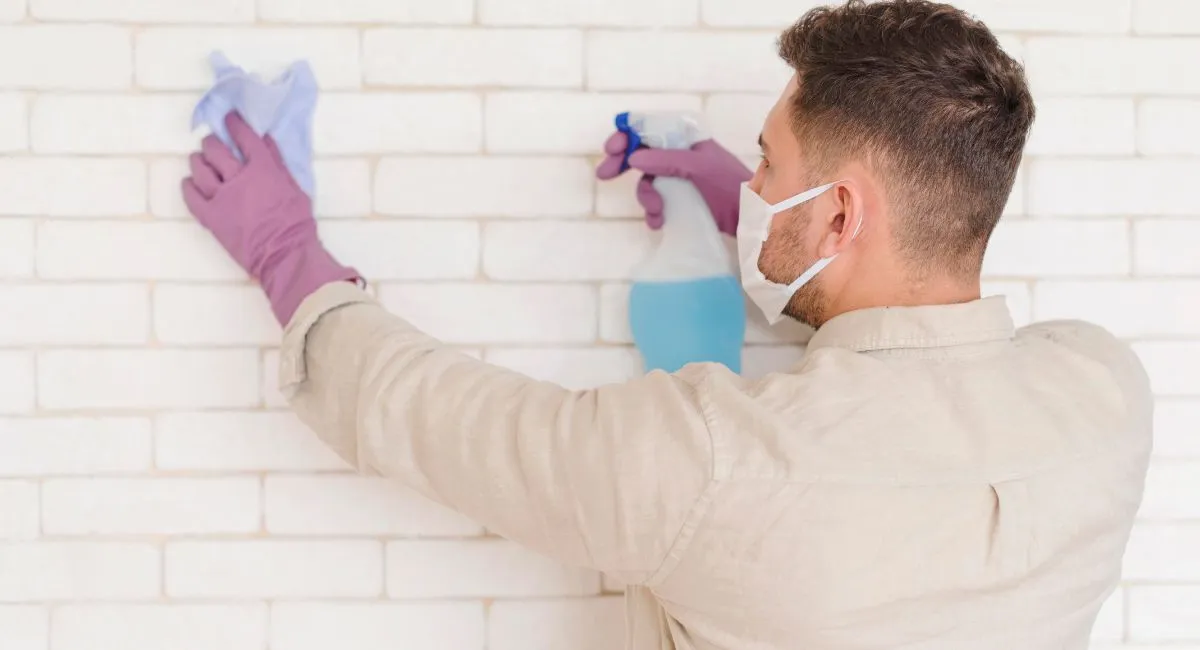
Knowing When to Engage a Specialist in Root Cause Removal
When there is mold that just keeps coming back after having cleaned an area once or twice, this is where you bring in a mold remediation specialist who can take part in the complete drying of materials, seal off an area so that spores do not migrate into other areas of your home, and deal with the moisture problem right at its core. Without removing the root cause, the results can never be long-term.
4. Water damage or excess moisture problems
Places Mold Loves to Grow
In damp environments, mold develops. Mold will thus flourish in any history of water damage, a broken pipe, a leaky attic, basement flooding, or even present condensation. After being exposed to water, mold can start to grow in as little as 24 to 48 hours.
Connection Between Moisture and Hidden Mold
Where there’s moisture, there’s often some kind of hidden crawl space mold. Maybe there’s been some chronic leaking or a condensation problem; that’s usually where mold has grown in dark, out-of-sight areas. These are common problem steps in mold remediation that are being worked on to correct, since the name of the game is moisture control.
5. Health Issues because of Mold Exposure
Common Symptoms
Probably the most disturbing evidence of your need for professional mold remediation is when your health starts visibly going downhill. Symptoms like chronic allergy issues, continuous coughing, headaches not apparently warranted, and general exhaustion are often associated with mold exposure. These symptoms usually gradually improve after getting worse when a person is away from home.
Mold Testing Has a Role
You need a professional mold inspection if you or any members of your household show these symptoms for no apparent medical reason. Only such a professional can detect hidden pollution and ascertain if the air in your house is being rendered unhealthy by the mold spores in the air. This step is quite important in ensuring health and safety.
6. Structural Damage Caused by Mold Infestation
How Long-Term Mold Causes Damage
In addition to their growth on surfaces, mold degrades organic materials. A serious mold infestation over time can cause significant deterioration of subflooring, drywall, insulation, and timber structure. This will affect the structural integrity of your home as well as increase the cost of the mold treatment.
Significance of Early Remediation
What really matters in such a case is early remediation. When these materials begin to flex, bubble, or shatter, the damage is already significant. Early expert mold removal will save minor concerns from escalating into major, expensive structural repairs.
7. Negative air pressure and poor indoor air quality
How Mold Spreads Is Facilitated through Negative Air Pressure
Poor indoor air quality might be an indication of mold somewhere in your home. If a house is suffering from negative air pressure, outside air and spores enter the home through the cracks, which can spur mold growth.
The Importance of Air Filtration Systems
Professional mold remediation involves air filtration and a HEPA system—machines that clean microscopic spores from the air. That same need underlines the inadequacy of trying to perform the task yourself since cleaning has to be done not only on the surface but also in the air to eradicate a mold problem.
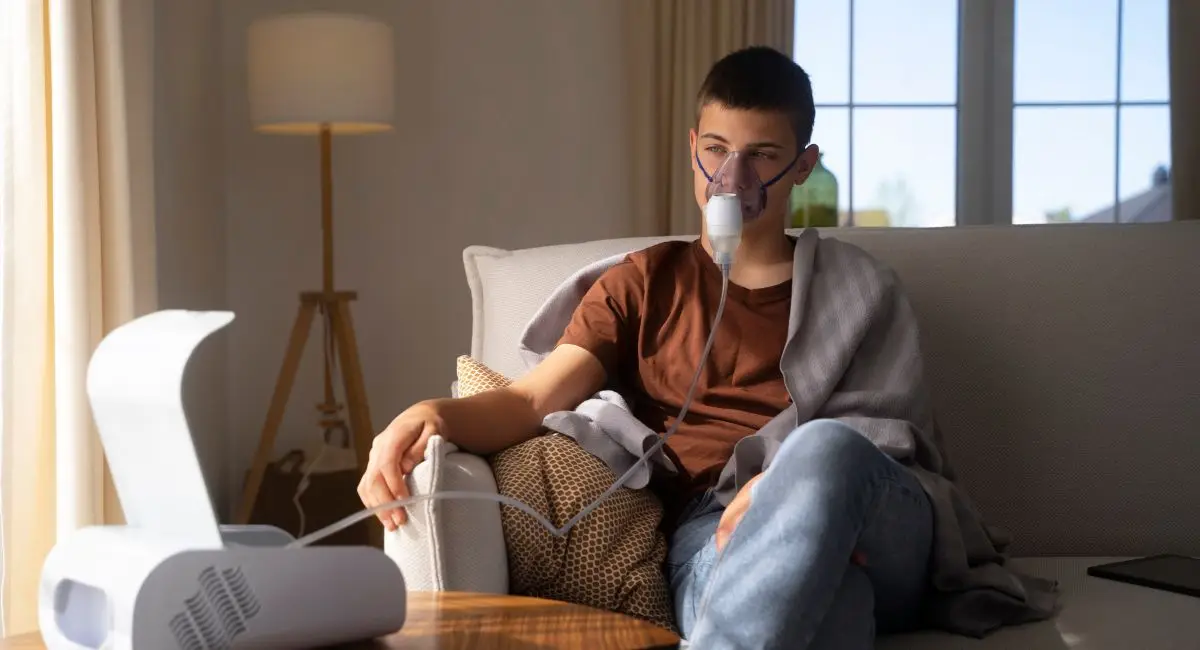
8. Mold Growth in Hidden or Inaccessible Spaces
Common Hidden Locations
Mold prefers to develop in the following places: attics, wall cavities, HVAC systems, and concealed crawl space mold locations. These locations are good for mold because they all provide the ingredients that mold requires: moisture, obscurity, and a lot of food.
Why Special Containment Applies to These Areas
The presence of mold in those hidden places is definitely a sure sign that you need the services of a specialist. Why? Places like these require specialty inspection and containment. If mold gets disturbed in the attic or HVAC without proper containment, it can spread a lot of spores throughout the rest of your home. Mold remediation professionals have the tools and knowledge to properly isolate and treat such delicate locations.
How the Mold Remediation Process Works
Step-by-Step Process Explanation
Understanding the mold remediation process steps demystifies the service. It is very controlled, step by step, to provide maximum safety and effectiveness.
Assessment and Evaluation
The process starts with a thorough examination and evaluation of the mold, depending on the degree of damage and the location of the initial moisture source. To find hidden leaks, experts use thermal imaging equipment and a moisture meter.
HEPA Filtration for Containment
Containment is the second most important step in this process. The area will be sealed off with plastic sheeting and negative air machines using HEPA filters. While the job is being done, this will prevent mold spores from entering uncontaminated areas of your home.
Removal and Disinfection
The procedure requires stringent safety measures, which include removing and bagging moldy carpets and drywalls, cleaning, and disinfection of nonporous materials. The service of targeted mold removal is at the heart of the procedure.
Drying and Moisture Control
Cleanup should be followed by drying the area using commercial dehumidifiers and air movers. These drying and moisture management procedures are an integral part of the process of keeping mold from regrowing.
Why Professionals Use Safety Protocols during Cleanup
Mold remediation services follow very strict protocols regarding mold cleanup safety. Some common ones include personal protective equipment, such as respirators and full-body suits, that protect the technician, preventing cross-contamination of your clean living areas.
When to Contact a Professional in Mold Remediation
Important Indicators That It’s Time
You should think about hiring a mold treatment specialist if you have mold, water damage, a lingering musty smell, or mold that comes back after cleaning. You shouldn’t wait until you see signs of mold exposure or find mold development in your crawl space.
Why Delaying Professional Help Worsens the Damage and Health Risks
The longer you wait to get professional help, the more structural damage there is going to be—and your health will be at risk. The mold will further deteriorate the integrity of your home and spew spores into your indoor air quality. Now, investing in a professional to do the job is an investment in your home and your family’s well-being. The full mold remediation process steps are complex and require an expert solution.
How You Can Prevent Future Mold Growth
Tips for Moisture Control and Ventilation
To prevent more mold development, adequate ventilation and moisture control may be necessary. After you’ve completed cooking or taking a shower, make it a habit to briefly switch on the exhaust fans in your kitchen and bathroom. Verify that every clothes dryer vent leads straight outdoors and is clear.
Routine Mold Inspection and Air Quality Checks
More mold issues, along with other air quality issues, will be caught with routine mold inspections. Condensation and humidity problems: A professional should look over the high-risk areas of your home every year, such as the basement.
Dehumidifiers and Regular Maintenance
One of the relatively simple but effective ways to prevent mold buildup involves the use of dehumidifiers in basements or crawl spaces that are humid. Generally speaking, indoor humidity should be less than 50%. The best way to avoid having a professional mold remediation company later is proper maintenance. Any leaks should be repaired immediately, and all window seals should be checked for holes.
Final Words
From a simple musty smell to recurring patches, the ability to recognize these early warning signs is the best thing you can do to save time, money, and health. It is here that lies the difference between a temporary patch and a permanent remedy, which keeps mold eradication different from remediation on more than merely semantic grounds.
Professional treatment of mold will make your home safer and cleaner by tackling the problem from its roots. That is to say, if a professional takes up the remediation of mold, then you are henceforth guaranteed a healthy home free from further fungus development.
Frequently Asked Questions.
How can you figure out how much hiring a mold removal professional would cost?
The extent of the damaged area and the difficulty of the mold removal services needed to fix structural damage determine the cost.
How much time does it take to get rid of mold?
In reality, repairs often take one to five days. A final clearance test is often required after additional drying to guarantee air quality safety.
Is mold covered by homeowner’s insurance?
Generally speaking, sudden, unforeseen covered hazards like a broken pipe are covered, while negligence or long-term conditions like dampness are not.
